How to Choose the Best Silicon Carbide Plates for Your Industrial Needs
Table of Contents
- Understanding the Key Properties of Silicon Carbide Plates for Industrial Applications
- Current Market Trends: Growth Projections and Demand for Silicon Carbide Materials by 2025
- Evaluating Cost-Effectiveness: How to Analyze Silicon Carbide Plate Pricing and Lifespan
- Technical Considerations: Selecting the Right Thickness and Size for Your Project Requirements
- Comparative Analysis: Silicon Carbide vs. Traditional Materials in High-Temperature Environments
- Future Innovations: Emerging Technologies in Silicon Carbide Plate Manufacturing and Applications
- FAQS
- Related Posts
In the ever-evolving industrial landscape of 2025, the demand for advanced materials such as Silicon Carbide Plates is surging. As industries strive for greater efficiency and durability, selecting the right Silicon Carbide Plates becomes pivotal for optimal performance in various applications. At ST.CERA CO., LTD., a leading private high-tech enterprise specializing in precision ceramic manufacturing, we understand the nuances of this selection process. Our team of top-ranking experts and engineers is dedicated to researching and developing high-quality precision ceramic parts, ensuring that our clients can make informed decisions tailored to their specific needs. This ultimate guide aims to navigate the complexities of choosing the best Silicon Carbide Plates for your industrial requirements, highlighting key considerations that will empower you to elevate your operational capabilities.
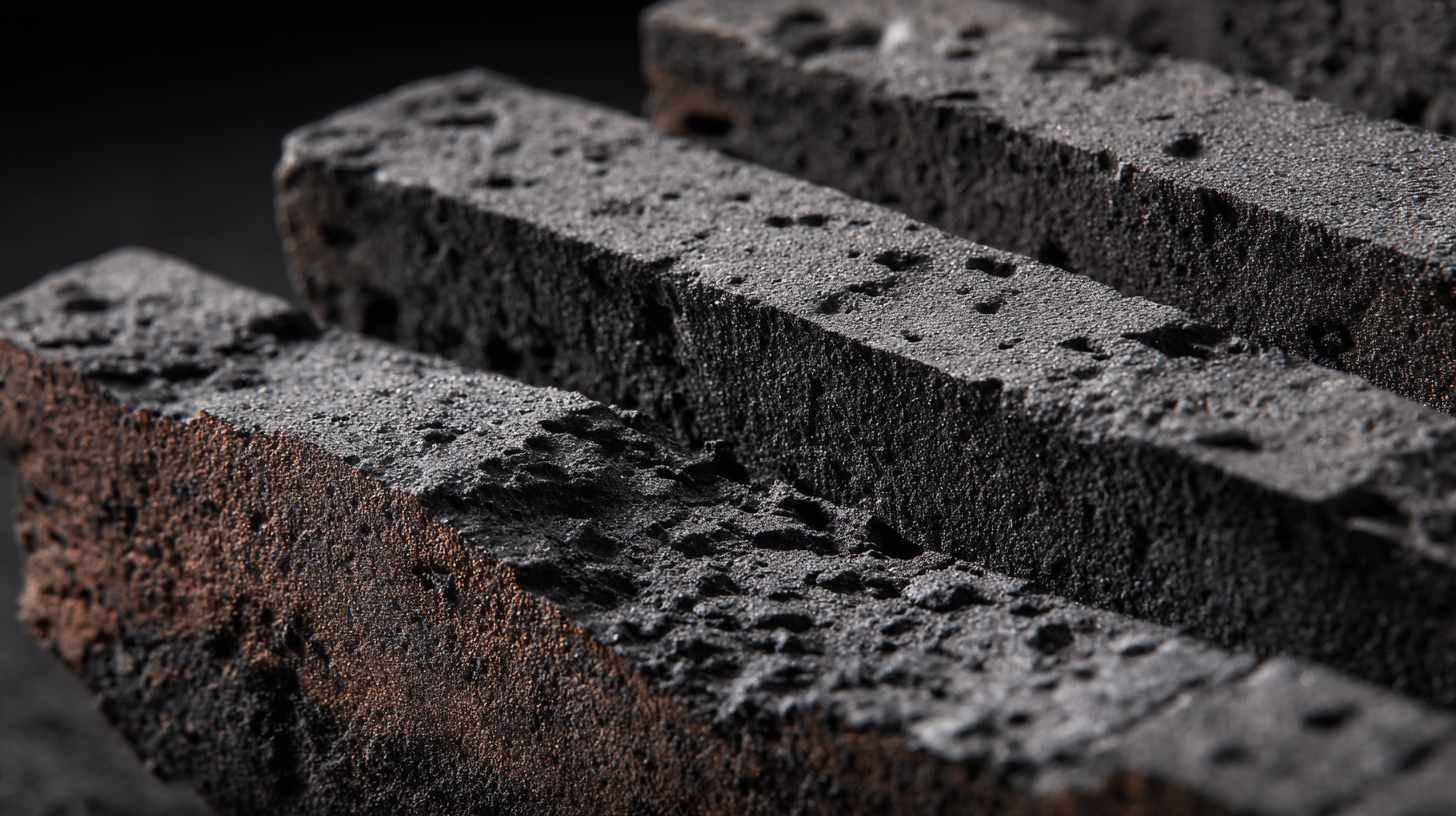
Understanding the Key Properties of Silicon Carbide Plates for Industrial Applications
When selecting silicon carbide plates for industrial applications, it's essential to understand their key properties. Silicon carbide (SiC) is prized for its exceptional hardness, thermal conductivity, and resistance to wear and corrosion. These traits make SiC plates ideal for various settings, from manufacturing to aerospace. The ability to withstand high temperatures and aggressive environments can significantly enhance the durability and performance of your industrial components.
Tips: Focus on the specific requirements of your application. If high thermal conductivity is a priority, ensure the plates you choose have the right specifications to meet those needs. Additionally, consider the thickness and size of the plates, as these factors impact their rigidity and suitability for your equipment.
Another critical property to assess is the electrical resistivity of silicon carbide plates. For applications involving electric components, selecting plates with appropriate resistive properties can prevent energy losses and ensure optimal performance. Comparing different manufacturers’ specifications can help you identify the best fit for your industrial processes.
Tips: Always request samples or test pieces before making bulk purchases. This allows you to evaluate their performance in real-world conditions, ensuring you make an informed decision that aligns with your operational goals.
Current Market Trends: Growth Projections and Demand for Silicon Carbide Materials by 2025
The global market for silicon carbide materials is witnessing significant growth, driven by extensive applications in various industries, including automotive, aerospace, and electronics. According to market research studies, the demand for silicon carbide is projected to experience a compound annual growth rate (CAGR) of over 20% through 2025. This surge is attributed to the increasing need for high-efficiency semiconductor devices and the growing preference for electric vehicles, which rely heavily on silicon carbide components for improved performance and energy efficiency.
As industries continue to adopt advanced materials like silicon carbide, the insights from recent reports underscore a robust demand for high-quality silicon carbide plates. Companies are focusing on enhancing their production capabilities to meet the escalating need for these materials, which are critical in high-temperature and high-voltage applications. With market projections indicating a potentially lucrative landscape, stakeholders are urged to consider not only the quality and performance attributes of silicon carbide plates but also the emerging trends that influence supply chain dynamics and pricing strategies in this rapidly evolving sector.
Evaluating Cost-Effectiveness: How to Analyze Silicon Carbide Plate Pricing and Lifespan
When selecting silicon carbide plates for industrial applications, cost-effectiveness is a crucial factor. Analyzing pricing alongside the lifespan of these plates can help businesses make informed decisions. A comprehensive understanding of the materials, processing techniques, and market trends is vital. Companies must evaluate not only the initial costs but also the long-term savings associated with durability and performance. For instance, silicon carbide plates are known for their exceptional heat resistance and longevity, potentially reducing replacement frequency and maintenance costs.
In addition to direct pricing, life-cycle accounting plays a significant role in optimizing expenditures. Manufacturers can implement resource cleansheet analysis to better understand their cost structures and carbon footprints. This method allows for a thorough assessment of all factors involved, from raw material sourcing to end-of-life recycling. As industries increasingly focus on sustainability, exploring the recycling potential of silicon carbide materials will further elevate their cost-effectiveness. Adopting sustainable practices not only contributes to environmental goals but can also yield financial benefits in the long run.
Technical Considerations: Selecting the Right Thickness and Size for Your Project Requirements
When selecting silicon carbide plates for industrial applications, understanding the technical specifications is paramount. The thickness of the plates typically ranges from 0.5 mm to 25 mm, depending on the demands of the project. For high-stress environments, such as those found in aerospace or automotive industries, thicker plates may be necessary to withstand extreme conditions. A recent industry report indicated that applications requiring thermal resistance typically benefit from plates that are at least 10 mm thick, providing enhanced durability and stability under rapid temperature fluctuations.
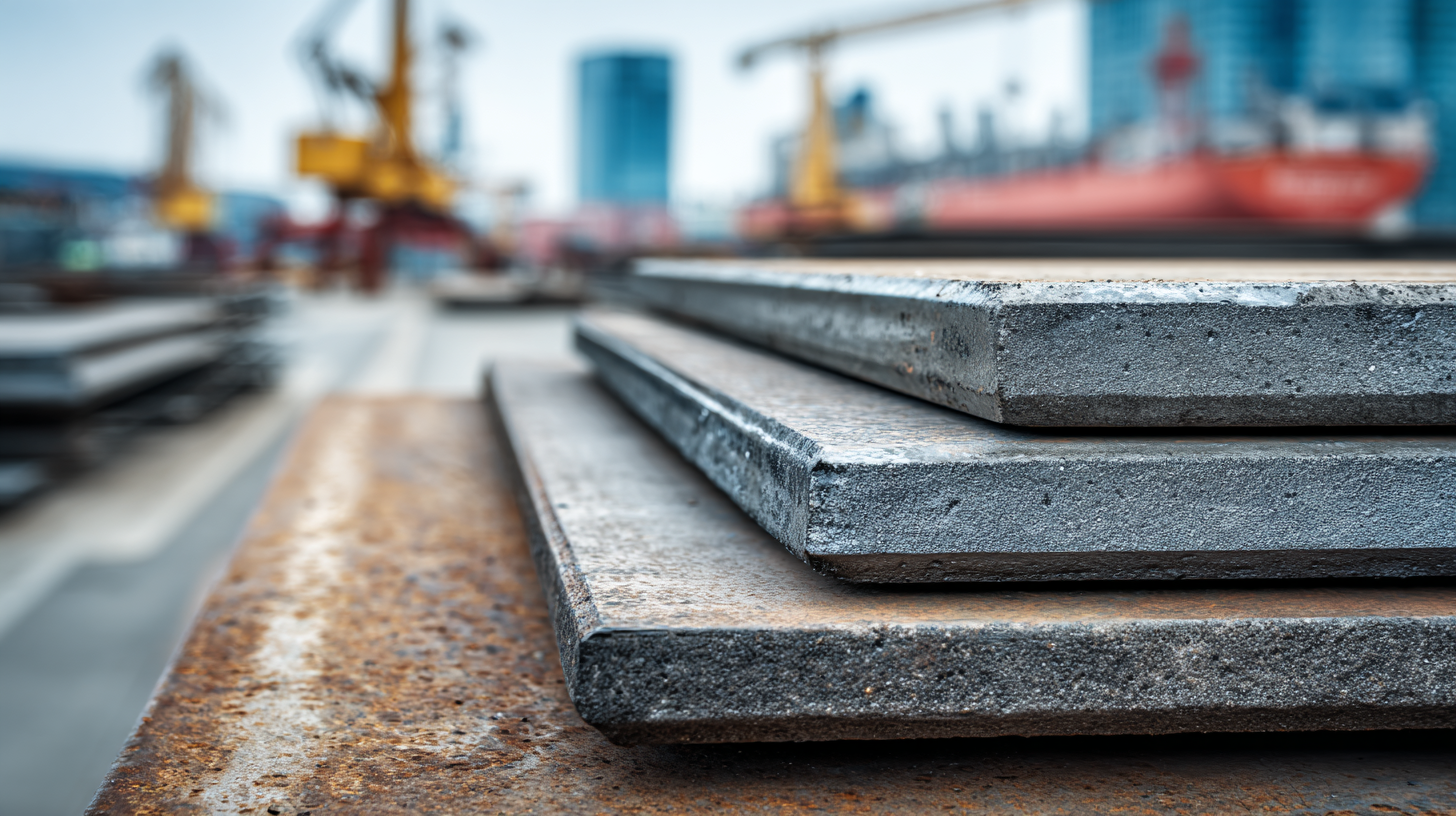
In addition to thickness, the size of the plates plays a crucial role in their effectiveness. Silicon carbide plates are available in various dimensions, often customized to meet specific project requirements. A report by the Advanced Materials Association highlighted that the standard sizes range from 4” to 12” with thickness variations tailored to individual needs. Choosing the right size not only optimizes performance but also minimizes waste material—critical for cost management in large-scale industrial operations. By meticulously considering these technical aspects, businesses can ensure they select the most appropriate silicon carbide plates for their particular applications, thereby enhancing overall operational efficiency.
Comparative Analysis: Silicon Carbide vs. Traditional Materials in High-Temperature Environments
Silicon carbide (SiC) stands out as a superior alternative to traditional materials in high-temperature environments, demonstrating remarkable thermal stability and chemical resistance. According to a report by the International Journal of Applied Ceramic Technology, SiC can withstand continuous temperatures of up to 1600°C, making it an ideal choice for applications such as metal, glass, and ceramics processing. In contrast, traditional materials like alumina and zirconia typically falter at temperatures exceeding 1200°C, compromising their structural integrity and operational efficiency under extreme conditions.
In addition to its thermal advantages, silicon carbide offers enhanced mechanical properties. Data from the American Ceramic Society highlights that SiC exhibits a hardness rating of 9 on the Mohs scale, compared to alumina's 8. This higher hardness translates to improved wear resistance, reducing the frequency of replacements in high-stress applications. Furthermore, SiC's lower thermal expansion coefficient (4.0 x 10^-6/°C) compared to that of traditional materials allows for better dimensional stability, particularly important in high-temperature industrial environments where fluctuations can lead to failure. Thus, making an informed choice in favor of silicon carbide plates can significantly enhance operational durability and performance in demanding industrial settings.
How to Choose the Best Silicon Carbide Plates for Your Industrial Needs - Comparative Analysis: Silicon Carbide vs. Traditional Materials in High-Temperature Environments
| Material | Thermal Conductivity (W/m·K) | Max Service Temperature (°C) | Hardness (Mohs) | Weight (g/cm³) | Cost (USD per kg) |
|---|---|---|---|---|---|
| Silicon Carbide | 130-160 | 1600 | 9-9.5 | 3.21 | 30-70 |
| Alumina Ceramics | 20-30 | 1500 | 8-9 | 3.9 | 5-15 |
| Graphite | 100-300 | 4500 | 1-2 | 2.2 | 3-10 |
| Stainless Steel | 15-25 | 870 | 5-6 | 7.9 | 2-5 |
Future Innovations: Emerging Technologies in Silicon Carbide Plate Manufacturing and Applications
Emerging technologies in silicon carbide (SiC) plate manufacturing are transforming various industries, particularly in the realms of semiconductors and high-temperature applications. According to a report by Technavio, the global silicon carbide market is expected to grow by USD 1.83 billion from 2021 to 2025, driven by its advantages, including superior thermal stability and electrical conductivity. The rise of electric vehicles (EVs) and renewable energy sources necessitates advancements in semiconductor technology, where SiC plates play a crucial role by enabling higher efficiency and performance.
At St.Cera Co., Ltd., our focus on precision ceramic manufacturing is aligned with these emerging trends. Our dedicated team of experts is actively engaged in R&D to enhance the manufacturing processes of silicon carbide plates, ensuring they meet the evolving needs of industries striving for higher power efficiency and thermal management. Furthermore, ongoing innovations in manufacturing techniques, such as additive manufacturing and advanced sintering methods, are paving the way for increasingly complex designs and functionalities, propelling SiC applications in next-generation energy solutions and electronics. As the demand for high-performance materials increases, St.Cera is committed to staying at the forefront of these technological advancements, catering to our clients' industrial needs with superior precision ceramic components.
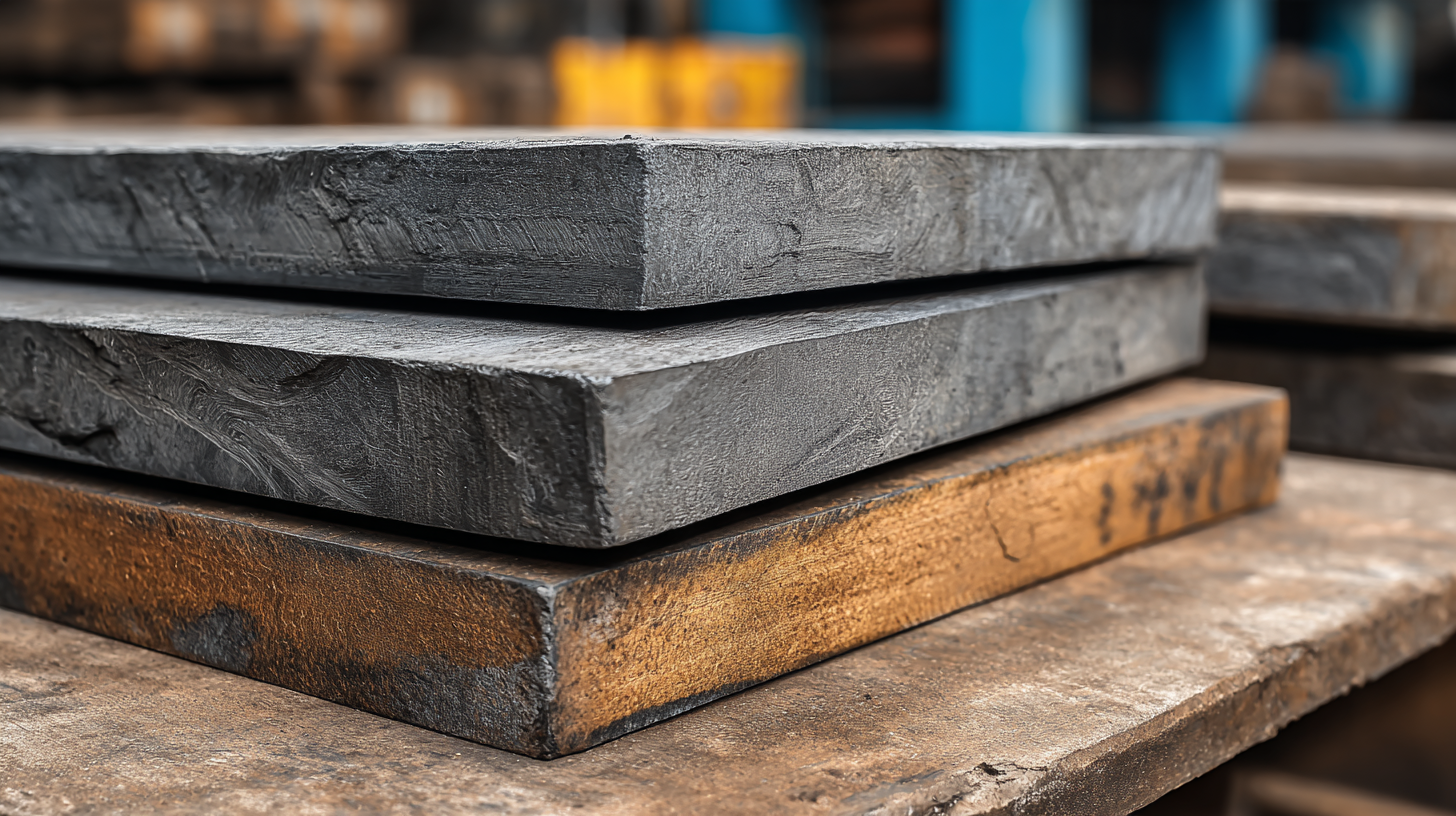
FAQS
: Silicon carbide plates are known for their exceptional hardness, thermal conductivity, and resistance to wear and corrosion, making them ideal for various industrial settings, including manufacturing and aerospace.
High thermal conductivity allows the plates to efficiently transfer heat, which is crucial for applications that operate at elevated temperatures. Ensure the plates meet the specific thermal requirements of your application.
For applications involving electric components, it is important to select plates with the right resistive properties to prevent energy losses and ensure optimal performance.
Request samples or test pieces from various manufacturers to evaluate their performance in real-world conditions, which will help in making an informed decision based on your operational needs.
The growing need for high-efficiency semiconductor devices and the rising preference for electric vehicles are driving the demand for silicon carbide components, projected to grow at over 20% CAGR through 2025.
Evaluating both the initial costs and the longevity of silicon carbide plates is vital, as their durability can lead to long-term savings in maintenance and replacement frequency.
Resource cleansheet analysis optimizes expenditures by thoroughly assessing all cost factors involved in the production and lifecycle of silicon carbide plates, from sourcing raw materials to end-of-life recycling.
Exploring the recycling potential of silicon carbide and implementing sustainable practices can not only support environmental goals but also provide financial benefits, enhancing overall cost-effectiveness.
Stakeholders should pay attention to the escalating demand for high-quality silicon carbide plates and the emerging trends influencing supply chain dynamics and pricing strategies in the rapidly evolving industry.
Industries such as automotive, aerospace, and electronics are the primary drivers of growth for silicon carbide materials due to their extensive applications and the increasing demand for efficient components.
Related Posts
-
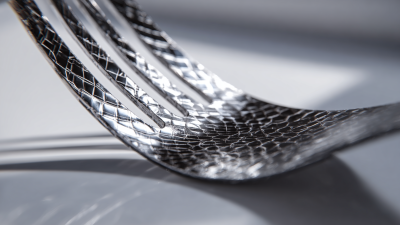
2025 Trends in Advanced Ceramics: Innovative Solutions for Best Sic Ceramic Fork Applications
-

5 Reasons Why the Best 4 Inch Ceramic End Effector is a Game Changer
-

Maximizing ROI: How Our After-Sales Support on Best Shadow Ring Inserts Minimizes Repair Costs
-

The Future of Innovative Ceramic Cylinder Solutions for Global Trade
-

Top Global Manufacturers of Best Bernoulli Wafer Arm for International Buyers
-
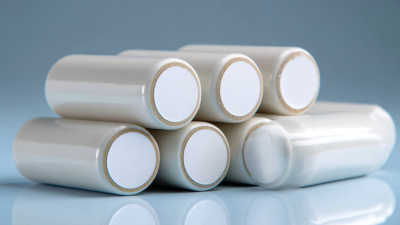
Unmatched Quality: Discover the Excellence of China's Premier Zirconia Ceramic Pin Manufacturer
Blog Tags:

